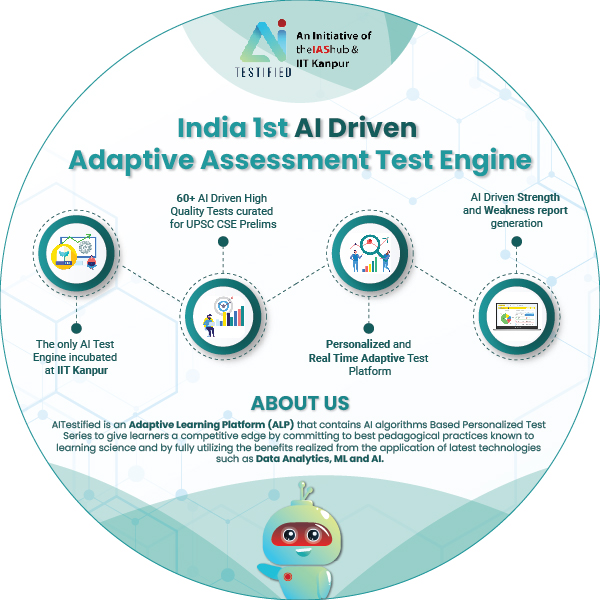Q. How has India benefited from contributions of Dr. Vikram Sarabhai and Dr. C.N.R. Rao in the field of science? (Answer in 150 words)
Modal Answer
Several scientific and technological developments have touched the lives of common people in the last 7 decades. The contributions of Dr. Vikram Sarabhai and Dr. C.N.R. Rao in the field of science is praiseworthy.
Dr. Vikram Sarabhai, a renowned Indian physicist and astronomer, is considered as the Father of the Indian space program.
Contributions of Dr. Vikram Sarabhai:
- Great Institution Builder: Instrumental in establishment of several key institutions.
- ISRO: Set up as INCOSPAR, ISRO has been India’s pride in provision of space tech services, globally.
- Physical Research Laboratory (PRL), Ahmedabad – for research on cosmic rays.
- IIM, Ahmedabad – A premier business school
- Indigenous Satellite development:
- India’s first rocket launching station – Set up by Dr. Sarabhai, together with Dr. Homi Jehangir Bhabha.
- India’s first Satellite: Aryabhata, was put in orbit in 1975 due to efforts of Dr Sarabhai.
- Helped in Launch of Satellite Instructional Television Experiment (SITE): to provide informational TV services.
- Nuclear research: He was appointed a chairman of Atomic Energy Commission of India and laid the foundations for the indigenous development of nuclear technology.
In honor of his contributions, while he was conferred Padma Vibhushan posthumously in 1972, NASA too has named a crater on the moon in his name – Sarabhai Crater.
Prof. CNR Rao is a leading Indian scientist in the field of solid state and materials chemistry. In 2013, he was conferred with Bharat Ratna, India’s highest civilian award.
Contribution of Dr. C.N.R. Rao:
- Synthesis of oxide materials: Rao was one of the earliest to synthesize two-dimensional oxide materials such as La2CuO4.
- Research in carbon nanotubes: He was also the first to synthesis Y junction carbon nanotubes in the mid-1990s.
- Metal-insulators transitions: His work has led to a systematic study of compositionally controlled metal-insulator transitions.
- Studies in superconductivity: He was one of the first to synthesize 123 cuprates, the first liquid nitrogen-temperature superconductor in 1987.
- Nanomaterials: He has made immense contributions to nanomaterial over the last two decades, besides his work on hybrid materials.
- His latest works include research on the new wonder material graphene and artificial photosynthesis.
- Research Publication: Prof Rao has published over 1600 research publications with nearly 100,000 citations for his publications.
It is from the ‘cradle of these innovations’ India has built satellites, sent probes to moon & Mars, established nuclear power stations for inclusive energy access, and developed advanced materials to help propel India into the space of Global Manufacturing & Innovation hub.
Please login to upload your copy.
Uploaded Copies
No copies found.
